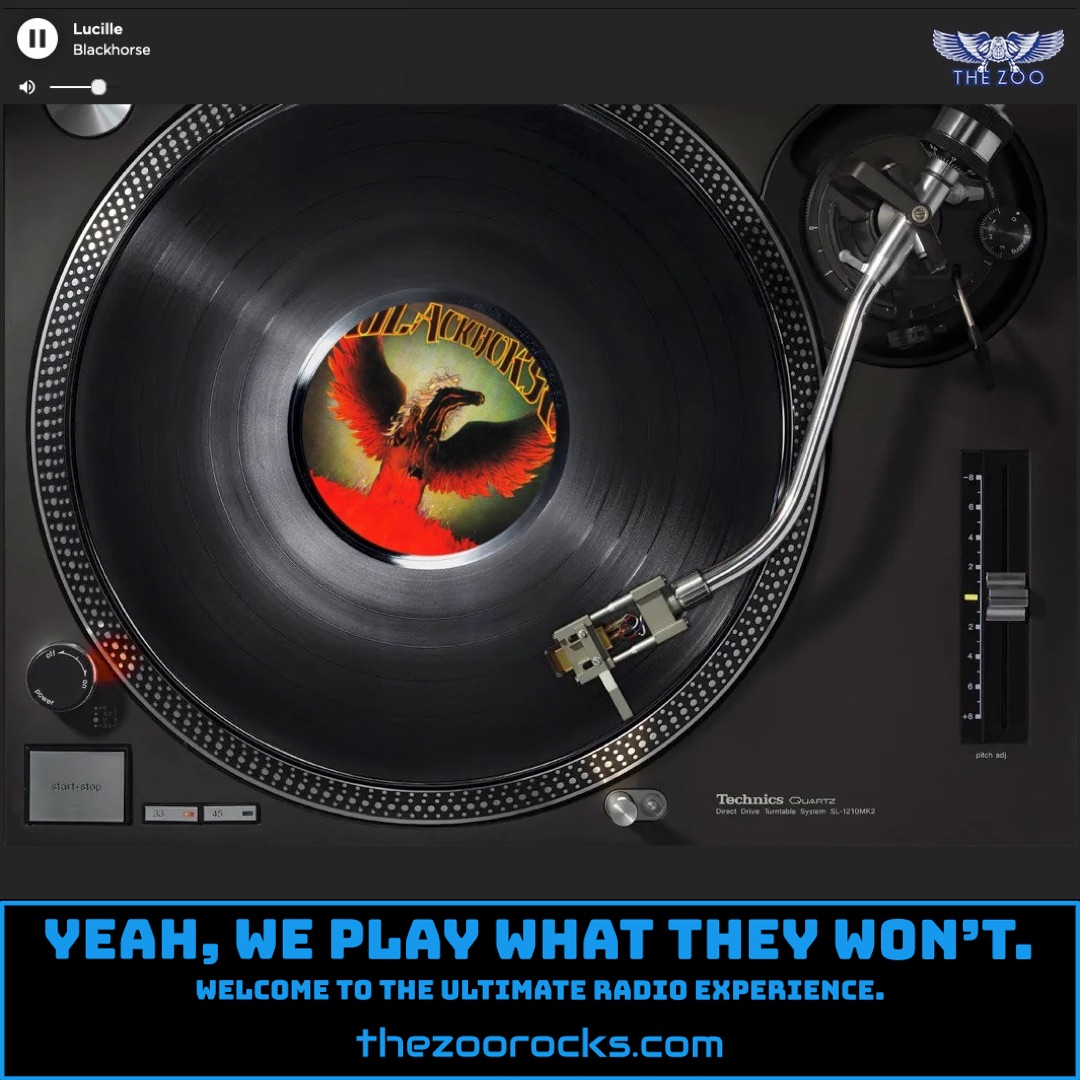Summer In The City
The Lovin' Spoonful
Zoo Freaks, get ready to groove with the Zoo Crew as we spin the classic "Summer In The City" by The Lovin' Spoonful from their album Hums Of The Lovin' Spoonful. This track, released on July 4, 1966, hit number one on the Billboard Hot 100 for three weeks, becoming the band's only chart-topper. The song’s gritty urban vibe, a departure from their usual sunny folk-rock, captures the sweltering daytime heat of New York City contrasted with the cool, lively nightlife. Its iconic sound effects—car horns and a jackhammer—were groundbreaking for pop music at the time, mimicking the chaotic city soundscape. These effects were so complex that live performances posed a challenge; frontman John Sebastian couldn’t sing and play the piano simultaneously, so drummer Joe Butler often took lead vocals on stage.
The song’s origin is a fascinating tale of collaboration. John Sebastian reworked a poem by his teenage brother, Mark Sebastian, which Mark had written as a high school assignment and received an F for. The poem’s chorus, with lines like “but at night it’s a different world, go out and find a girl,” became the song’s heart. Bassist Steve Boone added the middle eight, inspired by Gershwin’s An American in Paris, which sparked the idea to incorporate city noises. Recorded in just two sessions at Columbia Records’ 7th Avenue Studio in March 1966, the track featured Artie Schroeck on a Wurlitzer electric piano and a Hohner Pianet for the signature keyboard riff. Producer Erik Jacobsen and engineer Roy Halee mic’d a stairwell to achieve the thunderous drum sound, giving the song its raw edge. Mark Sebastian later expressed amazement at the song’s longevity, noting its use in ice cream commercials and covers by artists like Quincy Jones, whose 1973 instrumental version won a Grammy and was sampled by hip-hop artists.
Another layer of trivia comes from the song’s cultural impact. Ranked #393 on Rolling Stone’s 500 Greatest Songs of All Time, it’s been covered by diverse acts like Joe Cocker, B.B. King, and The Stranglers. Fans on platforms like Songfacts share personal stories, with one recalling how the song’s explosive buildup blew their young mind, evoking steamy NYC trips. John Sebastian himself told Uncut magazine that the song’s jagged piano intro was crafted to build tension, making the chorus’ release even more powerful. However, the band’s story wasn’t all sunny; a 1967 incident involving guitarist Zal Yanovsky, misrepresented by Rolling Stone, led to a backlash from the hippie community, contributing to the band’s eventual decline.
The Lovin' Spoonful formed in 1965 in New York City’s Greenwich Village, a hotbed for the folk music scene. John Sebastian, born March 17, 1944, started playing guitar at 14 and was immersed in the Village’s folk revival, jamming with artists like Tim Hardin and Cass Elliot. Sebastian met Zal Yanovsky, a Canadian guitarist from the folk group The Mugwumps, through Elliot, who later joined The Mamas & the Papas. With Steve Boone on bass and Joe Butler on drums, the band blended folk, blues, and jug-band influences with rock and roll, creating their “good-time” sound. Their name came from a Mississippi John Hurt lyric in “Coffee Blues,” suggested by jug-band musician Fritz Richmond, though Sebastian later admitted it also hinted at a cheeky reference to cunnilingus, causing awkward moments in interviews. Their first single, “Do You Believe in Magic?” in 1965, celebrated music’s joy and launched their rapid rise, with seven top-ten hits by 1966.
The band’s early days were marked by their cartoonish, zany image and tight musicianship, drawing from Sebastian and Yanovsky’s folk roots and Boone and Butler’s rock experience. They stood out during the British Invasion with compact, upbeat songs, offering an American counterpoint to The Beatles. After Yanovsky left in 1967, replaced by Jerry Yester, and Sebastian departed in 1968, the band split by 1969. They were inducted into the Rock and Roll Hall of Fame in 2002. Today, fans can connect with The Lovin' Spoonful’s official website, follow their updates on Facebook, or check out fan communities like the Lovin’ Spoonful Fan Group on Facebook. While their official Instagram and X accounts share nostalgic posts, fan sites like MusicHearts.fm offer discographies and discussions for Zoo Freaks to dive deeper into the band’s legacy.

